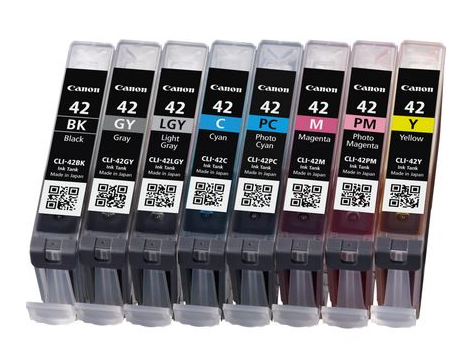Printer Resolution – The Facts
You would have thought that a printer printing 1200dpi (dots per inch) would produce better results than one printing at 300dpi? Well in fact that’s not the case at all. A 300dpi Dye Sub Image is far better quality that a 1200dpi image on an Inkjet Printer. The reasons are detailed below.

The printer resolution is the number of dots the printer prints per inch. It’s usually shown as 300dpi (dpi=dots per inch)
So you would think that the more dots per inch (dpi) which of course means a higher resolution would be better but that’s not always the case.
Let’s explain. A higher resolution is only better when you are comparing the same printing method.

Dye sublimation printers can produce a continuous tone output, there is no need for them to print at much higher resolutions to fool the human eye (unlike inkjet). This means that a 300dpi image on a Dye Sublimation Printer is equal to 4800dpi on an Inkjet Printer. A 400dpi image is equal to 6400dpi on an Inkjet Printer.
Dye-sublimation differs greatly from inkjet in many ways; most significantly in quality. Dye-sub is known for its high quality and continuous tone output.
Magazines, Posters, Flyers and most packaging is only printed at 200dpi or 300dpi as a convential printing press is a continuous tone device.
A half-toning device such as an ink-jet printer will use a dithering technique of placing dots close together in order to trick the eye. In other words, ink jet printers use a series of black dots placed close to white dots in order to trick the eye into blending the pixels when viewed. With magnification the difference can be seen where the dye-sub output is clear and sharp, but dots can be seen on ink-jet prints. Inkjets work in this way because they can’t change the colour of the ink when it hits the paper unlike a dye sub printer which uses heat to transfer the image to the paper. The more heat, the stronger the colour.
Continuous Tone – Dye Sub Printers
Continuous tone means that all gradations of colour are used when creating an image. For example, when creating a grey scale, from black to white, a continuous tone printer will show all shades of grey in between the black and the white by actually printing them.
With Dye Sub printers there are 255 levels of colour for each colour used. Dye Sub printers use three colour on a ribbon to create all the colours needed. This gives over 16 million colours. Inkjet printers need many different colour ink tanks to attempt to do the same job which mean they are costly to runand can be messy to use.

A Dye Sub Photo printer Ribbon contains a fixed number of prints so you always know how many prints the printer will make before needing to have the media changed and you’ll always know how much you each photo is costing you to print.
A Dye Sub printer ribbon also contains a clear part of the ribbon which is printed on top of the image to make the photo very durable.
Half Tone – Inkjet Printers
A half-toning device such as an ink-jet printer will use a dithering technique of placing dots close together in order to trick the eye. In other words, ink jet printers use a series of same colour dots placed close to white dots in order to trick the eye into blending the pixels when viewed. With magnification the difference can be seen where the dye-sub output is clear and sharp, but dots can be seen on ink-jet prints. Inkjets work in this way because they can’t change the colour of the ink when it hits the paper unlike a dye sub printer which uses heat to transfer the image to the paper. The more heat, the stronger the colour.
Inkjet Printers contain ink cartridges containing 4 or more colours. Each colour of Ink cannot be varied and relies on the printer leaving a white space between the ink droplets to fool the eye into thinking the colour is lighter than it actually is. To do this the printer needs to print at very high resolutions as it needs lots of white space.
There is a physical limit to the resolution that inkjet printers can print at. Inkjet printer manufacturers have therefore no choice but to add additional colour inkjet tanks with different colours to try and improve the quality of the image.

Some inkjet printers have up to twelve ink cartridges in order to produce a higher quality image due to the inadequacies of only three colour inks on a half toning device like an inkjet printer. Dye Sub Printers do not have this problem and can print very high quality images with only three colours (Cyan, Magenta and Yellow). Find out what negative effect this has on your print costs.
